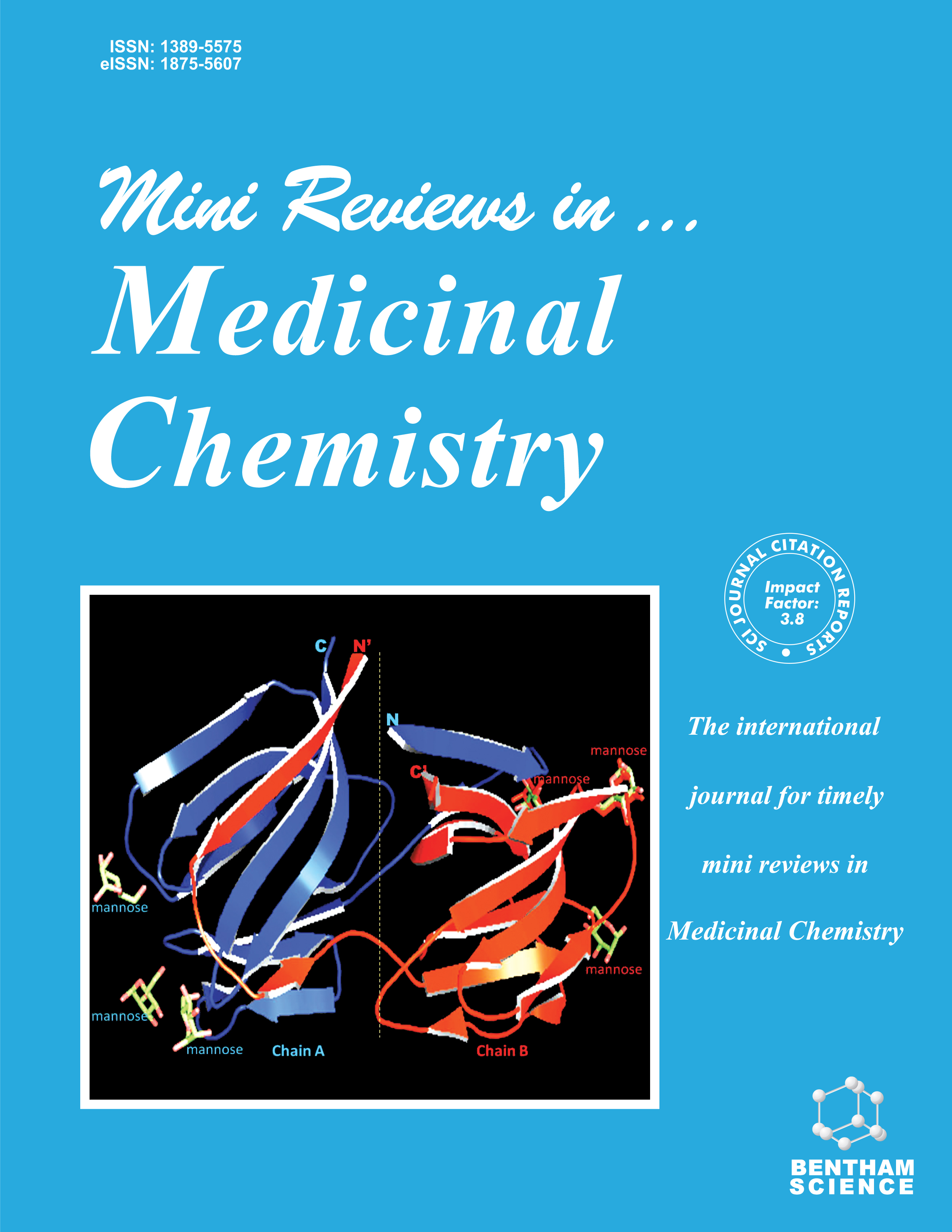
Full text loading...

Neurological disorders (NDs) are diseases that arise due to deformities mainly in the central nervous system (CNS) and also affect the nerves throughout the human body. NDs, including Alzheimer’s disease (AD), Parkinson′s disease (PD), Multiple Sclerosis (MS), and a variety of brain malignancies, pose a major healthcare challenge and are the main cause of mortality on the global scale. There are very limited treatment options for the majority of the NDs, and the currently available drugs commonly fail to penetrate the BBB and deliver the drug to the target effectively. These challenges have necessitated the advent of new drug delivery methods that can cross the BBB with ease and deliver the drug by accurately targeting the diseased area in a safe and biocompatible manner. Nanoparticle-based drug delivery strategies offer significant advantages in BBB penetration and drug delivery due to their unique properties. Carbon dots, among nanoparticles with a size below 10 nm, are highly biocompatible, fluorescent molecules that offer ease of functionalization, drug conjugation, and effective detection within biological systems. The literature is rich in reviews on the synthesis, characterization, and application of CDs. However, a review specifically focused on the therapeutic potential of CDs in major NDs is missing. This review aims to fill that gap by presenting a detailed account of the carbon dot-based therapeutic approaches in the treatment of major NDs. It briefly discusses the properties of CDs, the main routes of synthesis, major raw materials, and key synthesis parameters that affect their properties, while placing a greater emphasis on their therapeutic potential. The review provides a detailed assessment of literature from the past 15 years on the development and current challenges in the application of CDs as therapeutic and drug delivery agents. Our analysis reveals that limited research has been conducted on CD-based therapeutics in NDs, particularly in MS and brain tumors, where original research is scarce. This review article highlights the major developments in the therapeutic uses of carbon dots in NDs, addresses a critical research gap, and provides a comprehensive overview of various studies related to carbon-dot-based therapeutic approaches for major NDs.

Article metrics loading...

Full text loading...
References


Data & Media loading...